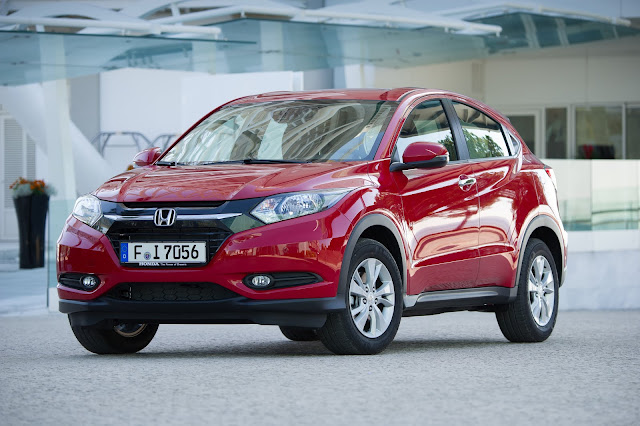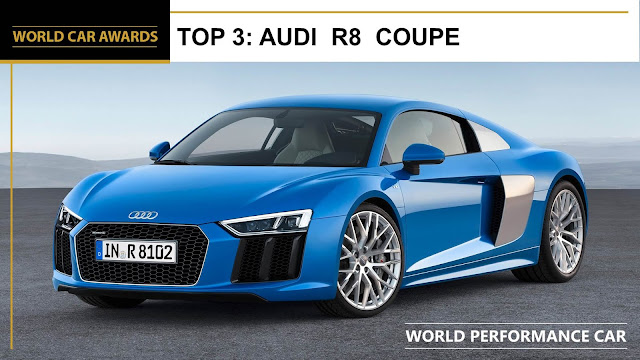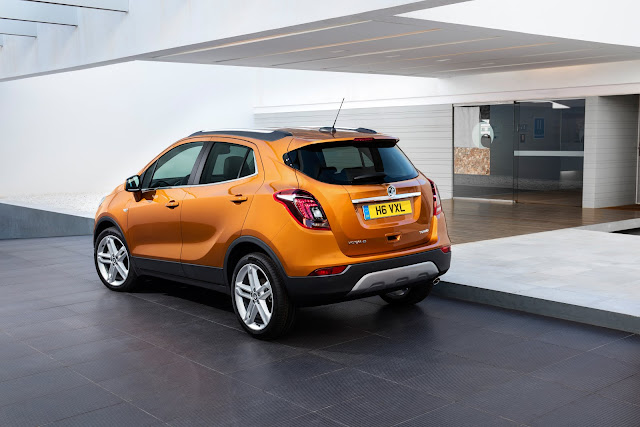For:
- High levels of standard equipment
- Comparably low price
Against:
- Low range
- Battery rental costs (or high battery purchase cost)
Engines & Powertrains
The Renault Zoe's electric motor produces a measly 87 bhp, but don't let this put you off. With 220 Nm of torque and a weight of around 1,500 kg, the front-wheel-drive EV is certainly nippy around town.
But that's exactly where the Zoe belongs. Push it along a slip road and it'll take 13.5 seconds to reach 62 mph, and as with many other electric vehicles, it has a low governed top speed of 84 mph.
The 22 kWh battery pack has a claimed range of 130 miles, although in the cold winter months this can easily be halved. Charging times vary depending on the power output, but a full charge will likely take the best part of 9 hours. Some rapid charging stations can reach 80% in just 30 minutes which is more useful.
The Zoe falls into the 15-16 insurance groups which is significantly better than the Nissan Leaf and BMW i3.
Interior & Practicality
Step inside and the first thing that you'll notice is the 7-inch R-Link touchscreen. The familiar digital climate control dials are shared with other Renault models giving it a sense of familiarity.
Down by the automatic-style gearshifter, the 'Eco' button gives the driver the choice to save a few more miles at the expense of some 'engine' power.
Standard equipment for the Zoe is generous and includes cruise control and a speed limiter, Bluetooth connectivity and air conditioning. Outside, LED daytime running lights and bi-halogen projector headlights are fitted too.
This is all relevant to the entry-level 'Expression Nav', however it's 'Dynamique Nav' that adds 16-inch alloy wheels, automatic lights and wipers, rear parking sensors and camera, and keyless entry. There's also a top-of-the-range 'Dynamique Nav Rapid Charge' which features all of the same kit as the standard 'Dynamique Nav' with the addition of a Chameleon Charger that allows the battery to be charged to 80% in 30 minutes as opposed to 1 hour.
A feature that really stands out is pre-conditioning. Standard right across the range, it allows the driver to activate the air conditioning or heating while the car is charging so that the temperature is already set for when you're ready to go.
The Renault Zoe's impressive boot measures a total of 338 litres which can be compared to that of the VW e-Golf (343 litres). This can be extended to 1225 litres with the rear seats folded down, which again, is in line with the e-Golf (1233 litres). These measurements are significantly better than the BMW i3 (260 / 1100 litres).
Safety & Reliability
As you'd expect with a class-leading car from Renault, the Zoe won the full 5-star Euro NCAP crash test rating. They even pushed the batteries to the limit (including exposure to water) to ensure that occupants will remain as safe as possible.
Runnings costs for Renaults are not generally an issue, which is the same for the all-electric Zoe, however the materials used may raise a few eyebrows. Scratchy plastics are just one hint of the asking price of the Zoe.
Pricing
Usually, I don't tend to add a pricing section to car reviews, however the Zoe makes an exception due to the fact that it's an EV with separate pricing for both the car and batteries.
The car can be bought for between £14,000 and £16,000, as well as monthly payment deals. But the point that raises the most questions among buyers is the battery pack.
Regularly, customers would rent them from Renault from £45 to £103 a month depending on mileage and term length. This includes free repair or replacement should they drop below 75% of their original performance. This of course will be terminated when it's time to sell the car.
Buyers can also chose to buy the batteries outright for the hefty sum of £5,000. Renault will sell these with a free 5-year 60,000-mile guarantee, this time when the batteries degrade to 70% of their original performance.
Rivals & Competition
There are very few electric vehicles on the market at this current moment in time - not even enough to fill in each category of car size. The best rivals for the Zoe include:
- BMW i3
- Volkswagen e-Golf
- Nissan Leaf


















































